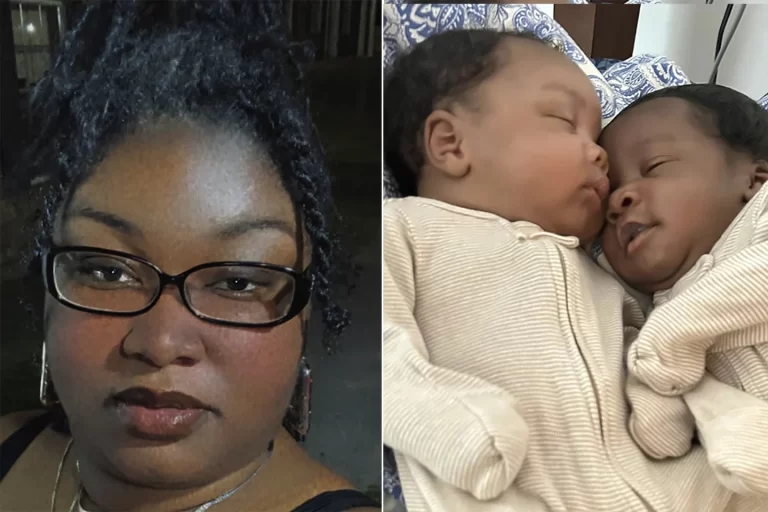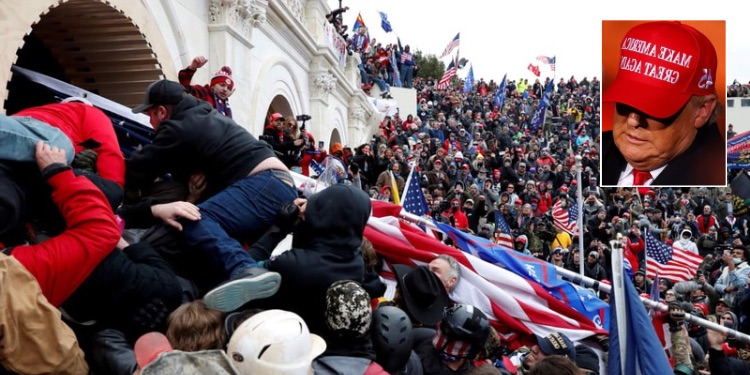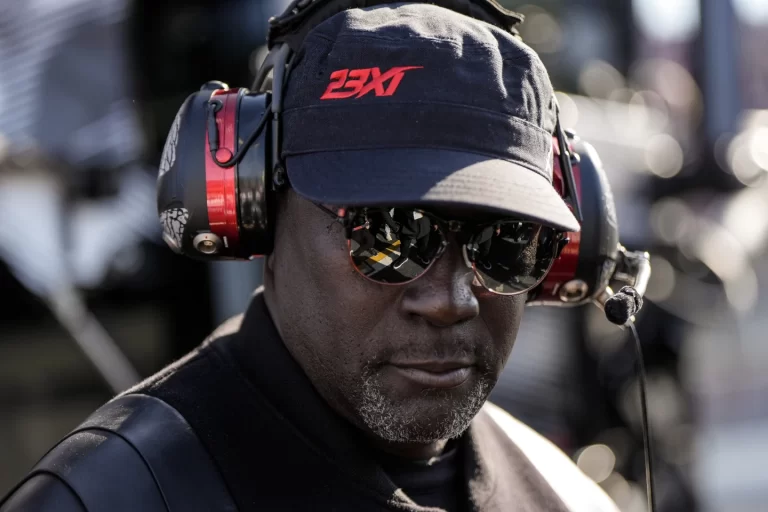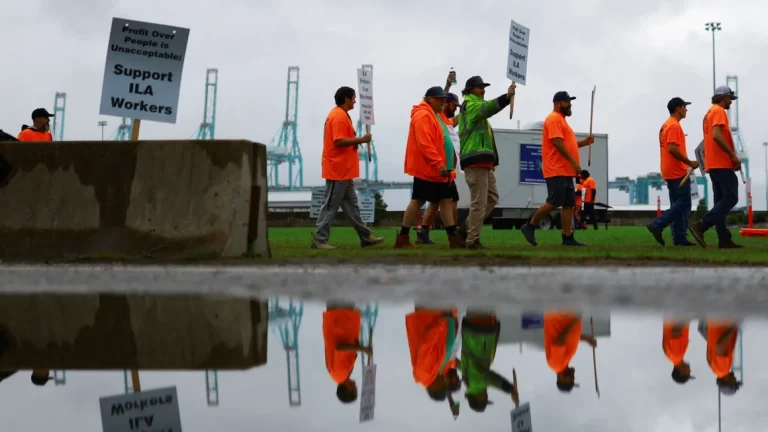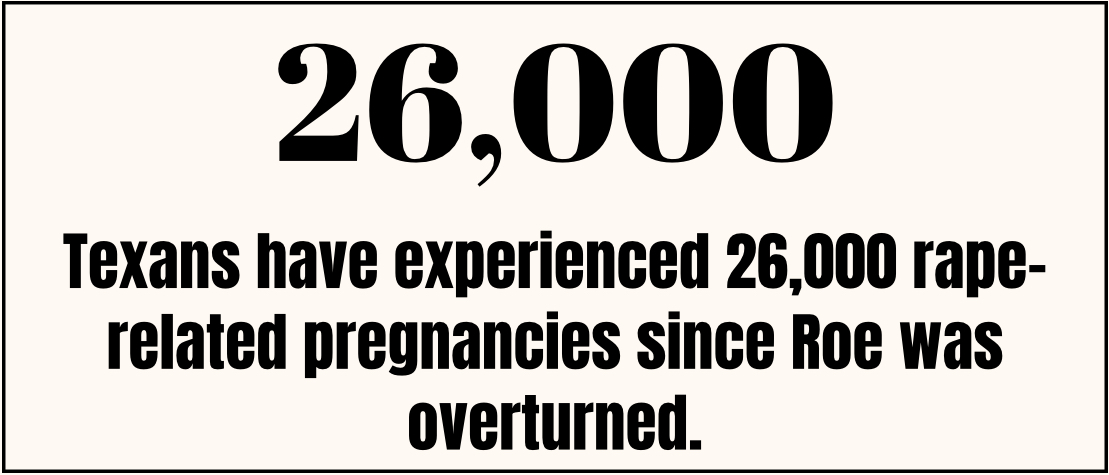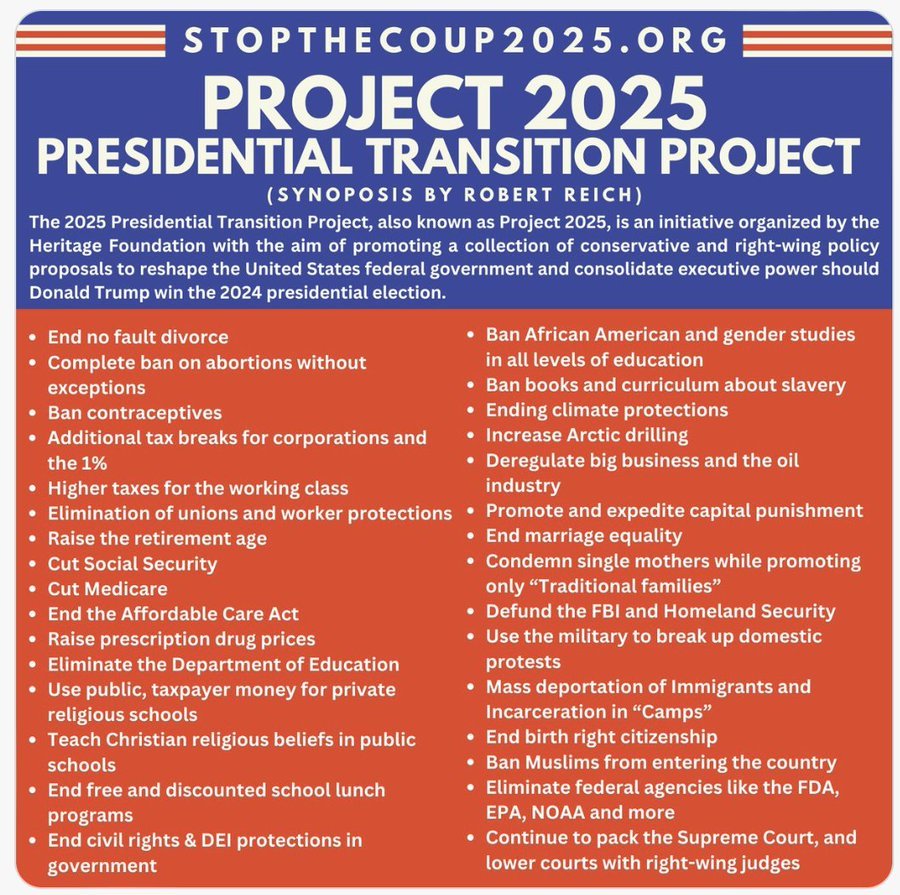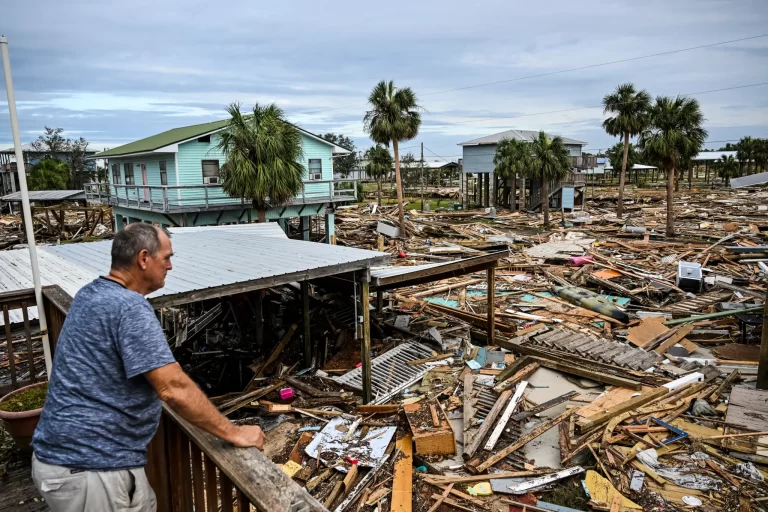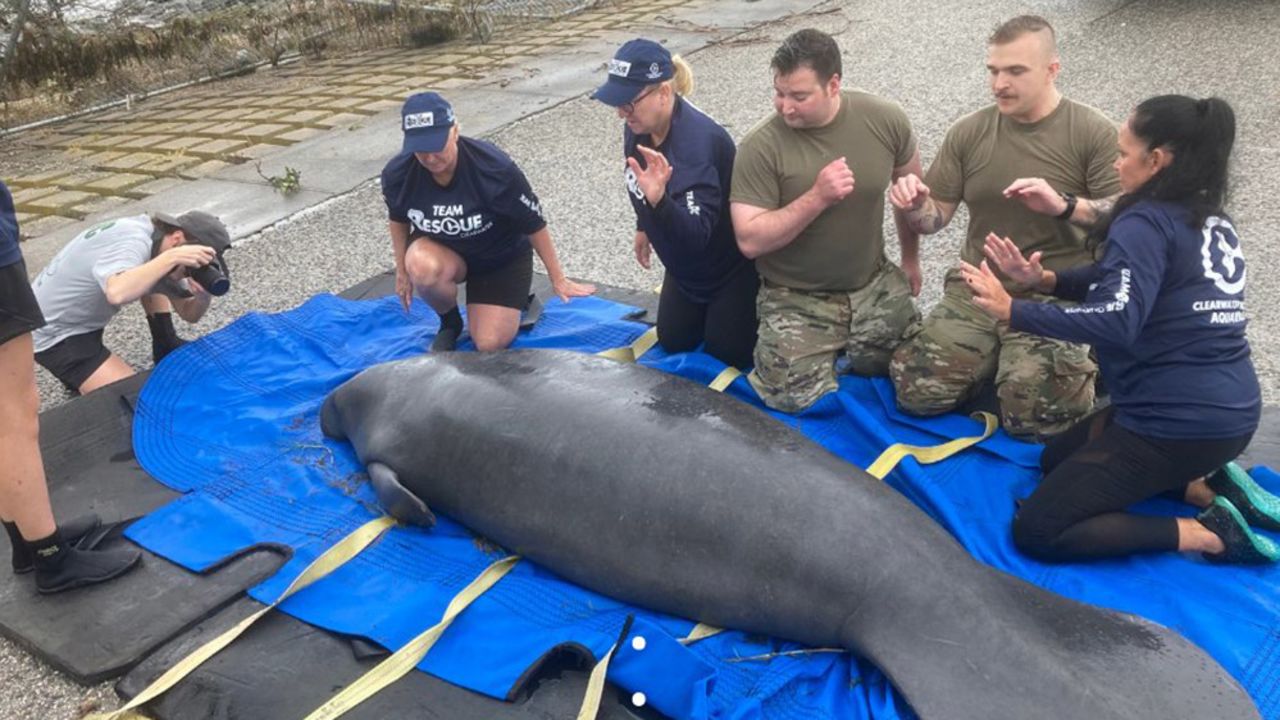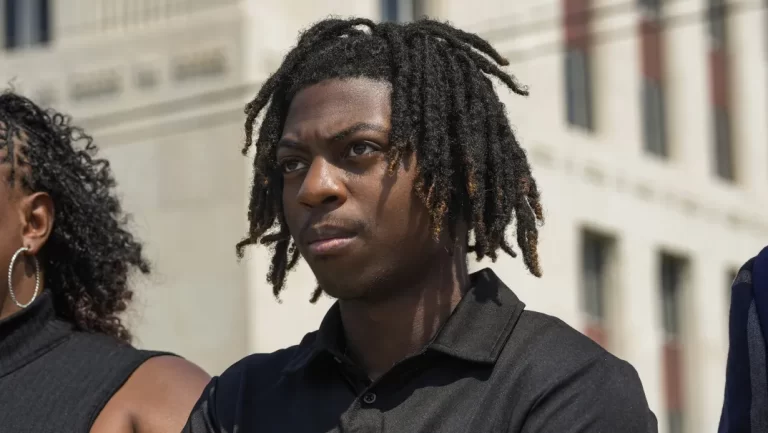(AP) — Ali Al-Taweel was born as Israeli warplanes started to pound the Gaza Strip after Hamas’ surprise cross-border attack on southern Israel.
Now, the Palestinian child will celebrate his first birthday as the Israeli-Hamas war reaches its one-year mark. For his family, it’s been a year filled with uncertainty and anxiety as they moved from place to place amid widespread destruction and limited resources.
“I had arranged another, very sweet life for him,” Ali’s mother, Amal Al-Taweel, told The Associated Press in an interview. “The war has changed everything.”
When the war began on Oct. 7 of last year, Al-Taweel was being rushed to a hospital in central Gaza to give birth to a child she and her husband, Mustafa Al-Taweel, had sought for three years. After Ali’s birth, his family returned to their home in the Zahrah neighborhood, just north of Wadi Gaza, but were forced to flee on Oct. 18, just a day before Israeli warplanes bombed the area, Al-Taweel said.
Since then, they have been living in relatives’ homes and shelters across central and southern Gaza, including the city of Rafah before the Israeli military invaded it in May. They now shelter in the house of Al-Taweel’s parents in the Nuseirat refugee camp, along with 15 other relatives.
“It was a very difficult year, bad in every way — from a health perspective, from a psychological perspective,” the 30-year-old said, adding that her child has been raised against the backdrop of daily bombing and killing.
The Hamas-led attack on Oct. 7, 2023, killed some 1,200 people — mostly civilians — and took about 250 hostage, including children and a newborn. Israel responded with one of the deadliest and most destructive military campaigns in recent history. The war has killed about 42,000 Palestinians, many of them women and children, according to Gaza’s Health Ministry, which doesn’t differentiate between civilians and combatants.
More than 80% of Gaza’s population of 2.3 million have been forced to flee their homesand cram into a tent camp on Gaza’s shore. A quarter of the strip’s population faces starvation amid an Israel-imposed blockade, allowing only limited delivery of aid, according to the United Nations.
Al-Taweel said every stage of Ali’s life has been difficult “from the time he started crawling, to when his teeth came out, to when he started his first steps, to when he started walking.” And she worried constantly about his safety, recalling that he was slightly injured when a strike hit close to her sister’s house in the camp, shattering the windows.
Al-Taweel counted multiple challenges she and her husband, who lost his job as a day laborer in a seaside restaurant in Gaza City, have faced since the war began. Ali didn’t receive any vaccinations in his first six months, making him vulnerable to disease, his mother said. And, with the blockade in place, she has struggled to obtain formula and diapers.
“They do not exist, and if they exist, they are very expensive and we can’t afford them,” she said.
Israel has severely restricted aid deliveries of food, water, medicine and other supplies into Gaza during the war. U.N. agencies and aid groups working in the enclave have long complained about lack of access and crippling restrictions on aid delivery.
“There is no single word that can describe the past year,” said Sondos Alashqar, who works with the Medical Aid for Palestine group. Alashqar said that the hardships Palestinians saw during this past year exceeded what their grandparents experienced during the 1948 Nakba — or catastrophe — when some 700,000 Palestinians fled or were forced from what is now Israel.
“We witnessed numerous death-and-life situations,” she said. “It was one of the hardest years we’ve even lived — harder than what our grandparents experienced.”
Al-Taweel said that constant bombing, displacement and destruction have made it difficult for her to raise her child as she had planned in his first year.
“It (the year) was full of tension, fear, anxiety, displacement, bombing and destruction,” she said. “He was not like any other child who lives in a safe, peaceful, and healthy (environment).”





